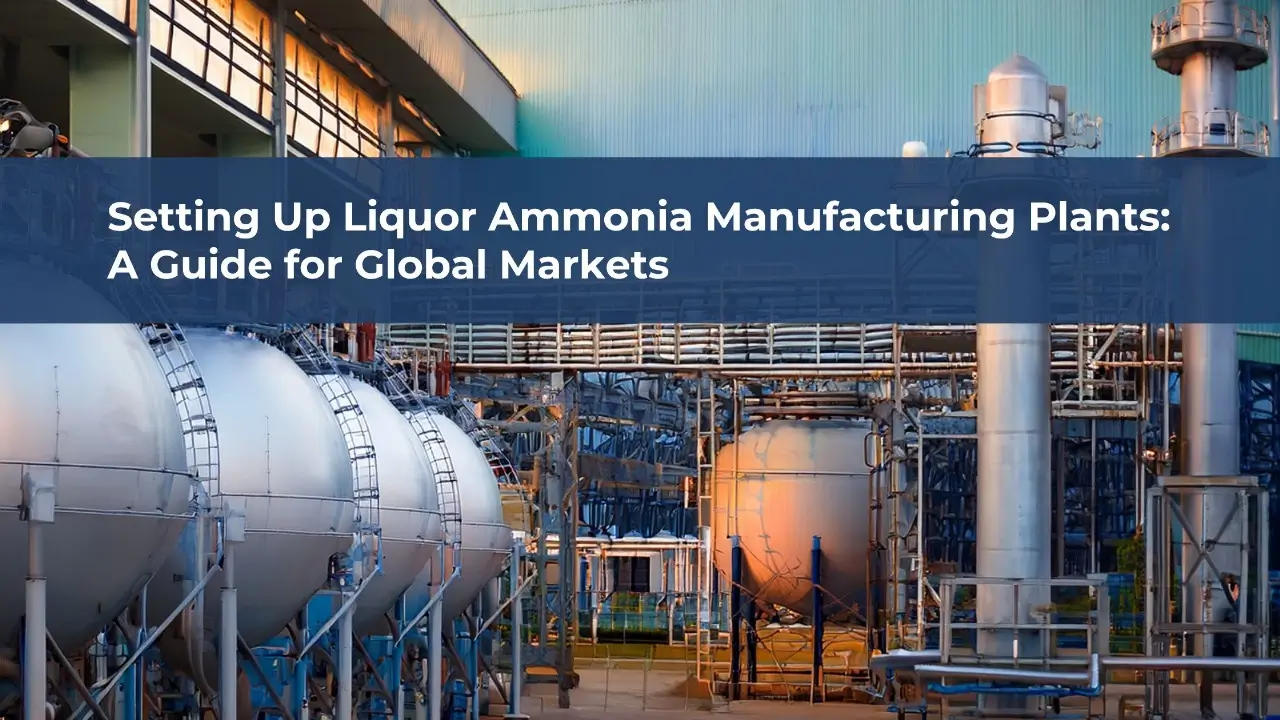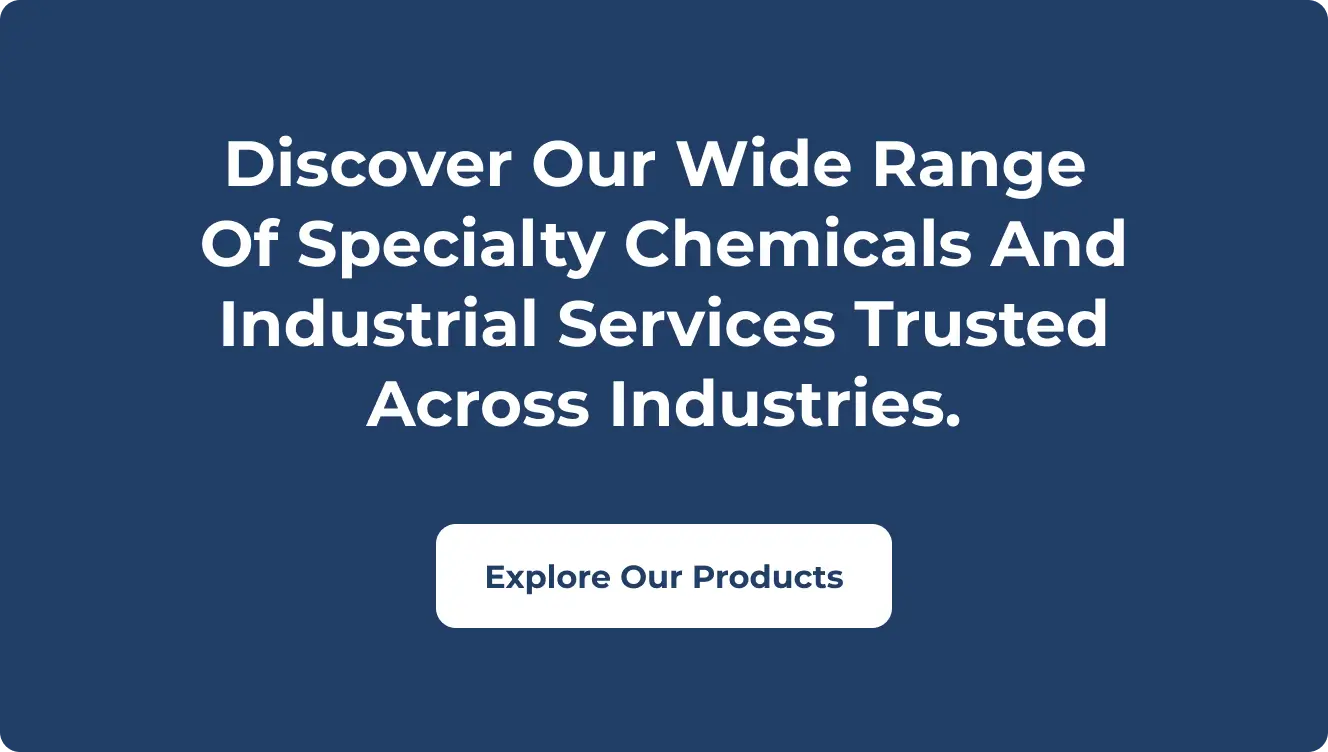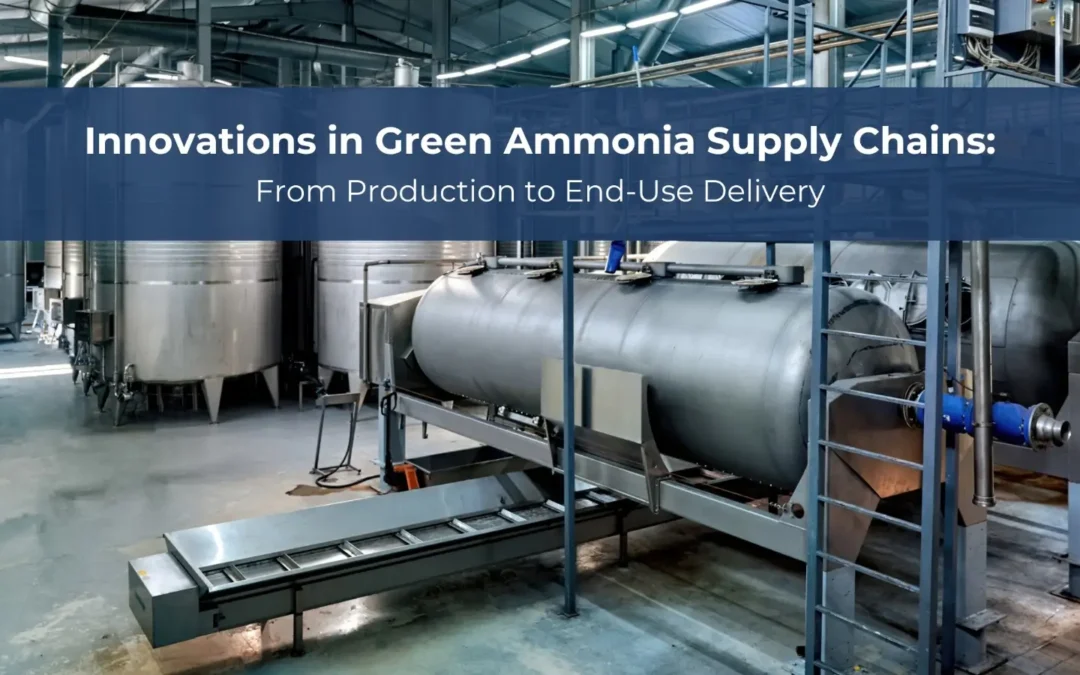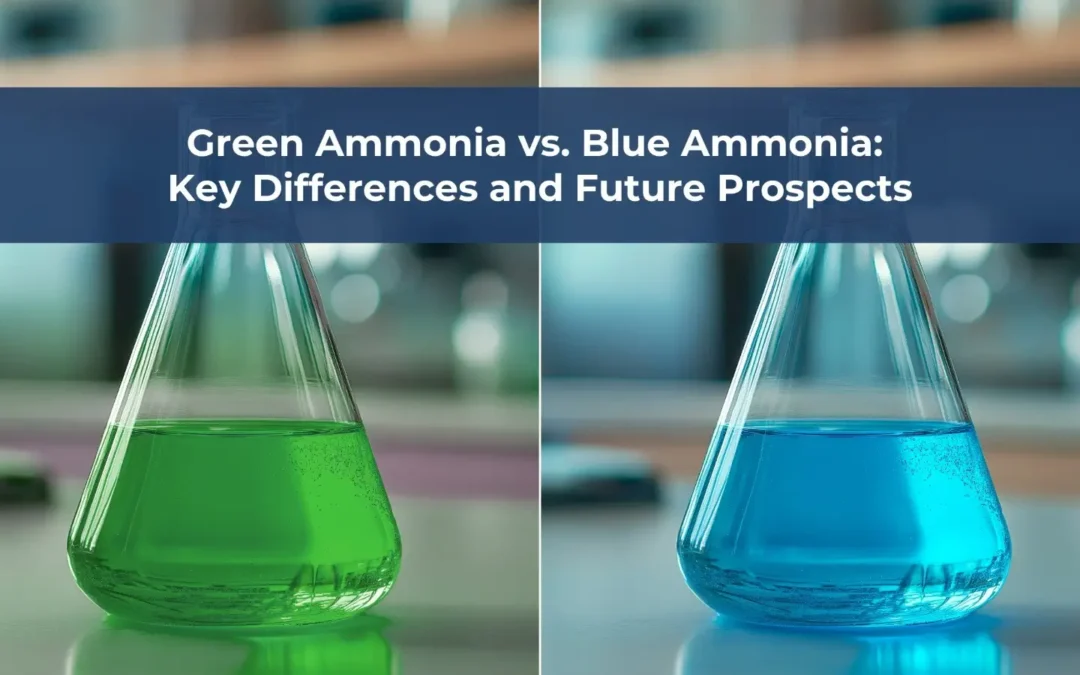As the demand for high-quality chemical solutions grows globally, liquor ammonia has emerged as a crucial industrial compound used in fertilizers, refrigeration, pharmaceuticals, water treatment, and cleaning agents. Its versatility and effectiveness make it an essential input in various sectors, particularly in agriculture and heavy industry. For businesses looking to enter the global ammonia supply chain, setting up liquor ammonia manufacturing plants presents a strong investment opportunity provided it’s approached with strategic planning, compliance, and operational efficiency.
This guide explores the key considerations for establishing a liquor ammonia manufacturing facility, especially with an eye toward catering to global markets.
Understanding Liquor Ammonia and Its Applications
Liquor ammonia, also known as aqueous ammonia, is a solution of ammonia gas dissolved in water. It’s typically available in various concentrations, with 25% being the most commonly used in industrial applications.
The substance is valued for its alkaline properties, reactivity, and solubility, making it useful in:
- Fertilizer production (as a source of nitrogen),
- Pharmaceutical manufacturing (pH control),
- Water purification (as a neutralizer),
- Cleaning formulations (as a degreaser),
- Dye and textile processing.
Given its broad utility, manufacturing liquor ammonia in strategically located plants can provide a reliable supply to both domestic and international markets.
Market Opportunity and Global Demand
The global liquor ammonia market is growing steadily, driven by expanding agricultural activity, increasing urban sanitation needs, and rising demand for chemical intermediates. Developing economies in Asia, Africa, and South America, in particular, are experiencing surges in demand due to increased industrialization.
Setting up a manufacturing plant in proximity to these high-demand regions can offer a competitive advantage in logistics, pricing, and service delivery. Exporting liquor ammonia also becomes more viable when facilities are located near ports or well-connected logistics hubs.
Step-by-Step Guide to Setting Up a Liquor Ammonia Plant
1. Market Research and Feasibility Analysis
Before laying the groundwork, it’s essential to understand the target market:
- What industries in the region rely heavily on liquor ammonia?
- Are there any local suppliers or is the market underserved?
- What are the regulatory restrictions for ammonia handling?
A detailed feasibility study should assess raw material availability (anhydrous ammonia, water), power supply, skilled labor, and local demand patterns. Exporters should also factor in international certifications, transport regulations, and trade barriers.
2. Site Selection and Infrastructure Planning
The ideal plant location should balance proximity to raw material suppliers, access to end-users or ports, and availability of utilities like electricity and water. Other factors include:
- Zoning laws and industrial permits,
- Environmental impact assessments,
- Safety buffer zones (given ammonia’s hazardous nature),
- Space for future expansion.
Efficient layout design is critical to ensure smooth operational flow, from raw material reception and storage to blending, bottling, and dispatch.
3. Designing the Manufacturing Process
Liquor ammonia production involves controlled mixing of ammonia gas with demineralized or distilled water in specialized reactors or absorption towers. The process must be conducted under strict temperature and pressure controls to prevent over-concentration, evaporation, or hazards.
Key equipment includes:
- Ammonia gas cylinders or tanks,
- Absorption towers,
- Recirculation pumps,
- Chillers and scrubbers,
- Bottling and packing stations.
Safety interlocks, leak detection systems, and emergency shutdown mechanisms are non-negotiable. Automation and SCADA-based monitoring can enhance safety, precision, and efficiency.
4. Compliance with Safety and Environmental Regulations
Liquor ammonia is classified as a hazardous chemical in most countries. Setting up a manufacturing unit requires adherence to:
- Chemical storage and transportation laws,
- Occupational safety standards,
- Hazardous waste management protocols,
- Fire and explosion protection norms,
- Local pollution control board guidelines.
Permits such as Consent to Establish (CTE) and Consent to Operate (CTO) are typically mandatory. Plants should also implement zero-discharge mechanisms, effluent treatment systems, and air scrubbers to minimize their environmental footprint.
5. Sourcing Raw Materials and Supply Chain Setup
Anhydrous ammonia is the primary input for producing liquor ammonia. Manufacturers must establish secure and reliable supply chains for ammonia gas and high-purity water. Long-term contracts with bulk chemical producers or gas companies help ensure price stability and inventory continuity.
In parallel, setting up a logistics network for distributing the final product cylinders, tankers, or drums helps build a robust downstream chain. Export-focused plants must align with global packaging standards (UN markings, hazard labeling) and be equipped for international shipping.
6. Skilled Workforce and Training
Operating a liquor ammonia facility requires trained professionals from chemical engineers and plant operators to quality assurance staff and safety officers. Continuous training in hazardous material handling, emergency response, and operational SOPs is vital to maintaining plant safety and efficiency.
Regular audits, safety drills, and knowledge refreshers should be part of the organizational culture to reduce downtime and accidents.
7. Quality Control and Product Customization
Global buyers often demand specific concentrations or purities of liquor ammonia. A manufacturing unit should be equipped with quality control labs that test each batch for:
- Ammonia concentration (% w/w),
- pH level,
- Presence of impurities or metals,
- Packaging integrity.
Customizable production capabilities give plants a competitive edge in catering to niche industrial needs or region-specific standards.
8. Digitalization and Future-Proofing
Modern liquor ammonia plants are increasingly integrating digital tools for better process control and regulatory compliance. This includes:
- Real-time monitoring of pressure and temperature,
- Automated batch records,
- Predictive maintenance alerts,
- Inventory tracking.
As regulations evolve and demand for transparency increases, investing in technology ensures plants remain globally competitive and audit-ready.
Conclusion
Setting up a liquor ammonia manufacturing plant for global markets is a high-potential venture that combines industrial relevance with export opportunity. However, it requires meticulous planning across technical, regulatory, and commercial domains.
From site selection and process safety to quality control and global logistics, each step must align with international best practices. With the right infrastructure, compliance model, and customer focus, manufacturers can not only serve local demand but also emerge as trusted suppliers to clients across borders.
Whether you’re a new entrant or an existing chemical manufacturer exploring expansion, investing in liquor ammonia production offers a gateway to the growing global demand for clean, effective, and scalable chemical solutions.














